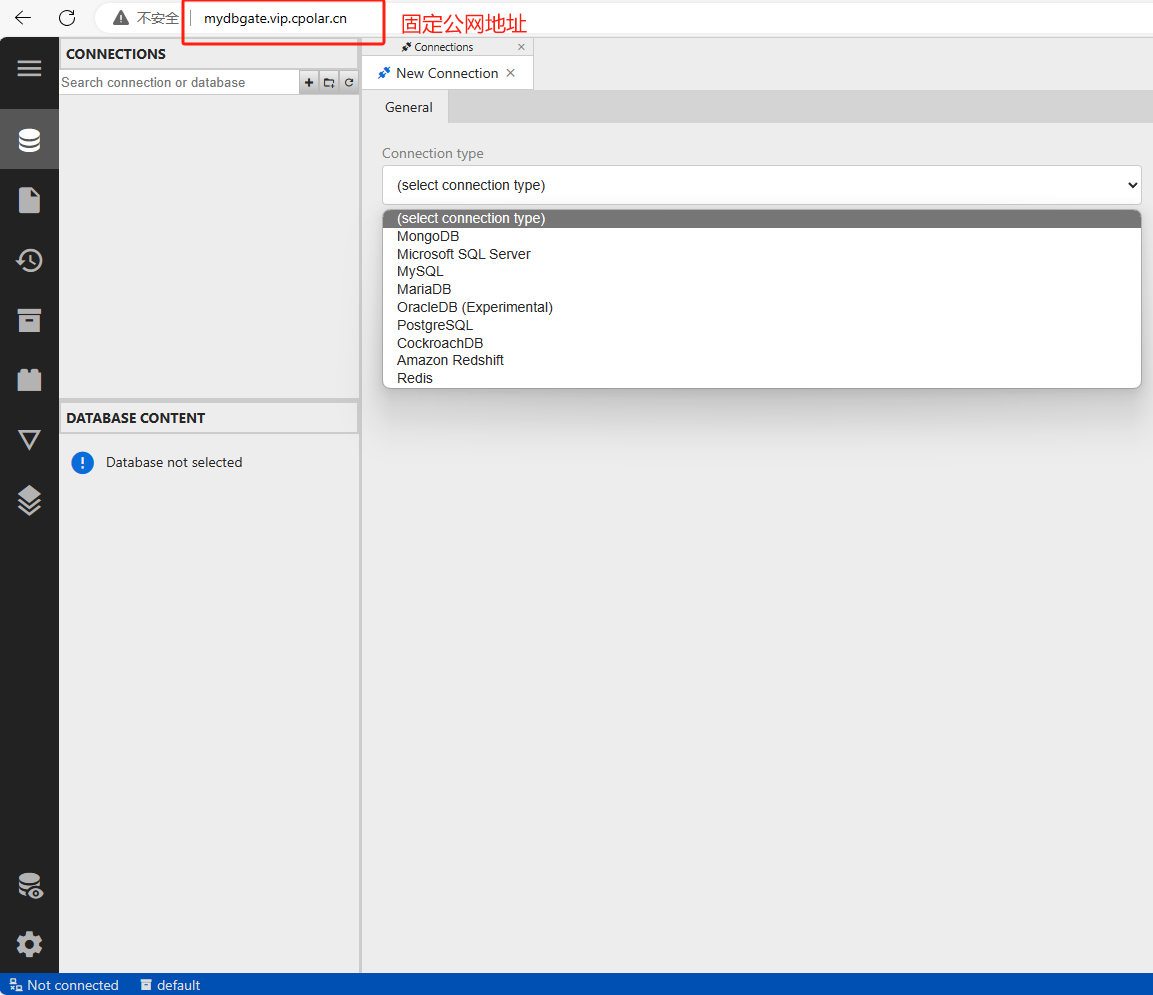1、基本规则
假如后端实际地址为:
http://127.0.0.1:8080/api/user/getById?id=123则:
1)通过nginx转发,使用http://127.0.0.1/api/user/getById?id=123访问
server {listen 80;server_name 127.0.0.1;location /api/ {proxy_pass http://127.0.0.1:8080;}}通过原有地址直接准发非常简单。
2)通过nginx转发,使用http://127.0.0.1/test/api/user/getById?id=123访问
server {listen 80;server_name 127.0.0.1;location /test/ {proxy_pass http://127.0.0.1:8080/;}}这里相当于对请求添加了前缀,但在转发的过程中是没有前缀的,故需要去掉。关键点就是地址后面的 "/"
2.关于斜杆"/"的案例对比
以服务地址http://127.0.0.1:8080/api/user/getById进行说明,访问地址是http://127.0.0.1/api/user/getById。location后斜杆与proxy_pass后斜杆问题如下:
1)location、proxy_pass都不加斜杠
location /api {proxy_pass http://127.0.0.1:8080;
}实际代理地址:http://127.0.0.1:8080/api/user/getById。正确的
2)location加斜杠,proxy_pass不加斜杠
location /api/ {proxy_pass http://127.0.0.1:8080;
}实际代理地址:http://127.0.0.1:8080/api/user/getById。正确的
3)location不加斜杠,proxy_pass加斜杠
location /api {proxy_pass http://127.0.0.1:8080/;
}实际代理地址:http://127.0.0.1:8080//user/getById。错误的,也出现了双斜杠
4)location、proxy_pass都加斜杠
location /api/ {proxy_pass http://127.0.0.1:8080/;
}实际代理地址:http://127.0.0.1:8080/user/getById
5)location不加斜杠,proxy_pass加"api"
location /api {proxy_pass http://127.0.0.1:8080/api;
}实际代理地址:http://127.0.0.1:8080/api/user/getById。正确的
6)location加斜杠,proxy_pass加"api"
location /api/ {proxy_pass http://127.0.0.1:8080/api;
}实际代理地址:http://127.0.0.1:8080/apiuser/getById。错误的,少了一个斜杆
7)location不加斜杠,proxy_pass加"api/"
location /api {proxy_pass http://127.0.0.1:8080/api/;实际代理地址:http://127.0.0.1:8080/api//user/getById。这种情况会出现双斜杠问题,后端在认证请求时会校验失败。
8)location加斜杠,proxy_pass加"api/"
location /api/ {proxy_pass http://127.0.0.1:8080/api/;
}实际代理地址:http://127.0.0.1:8080/api/user/getById。正确的
可以看出,两者加不加斜杆的区别还是很大的,不同的场景使用不同的配置即可。简单的,要么都不加,这样转发的地址是对应的。







